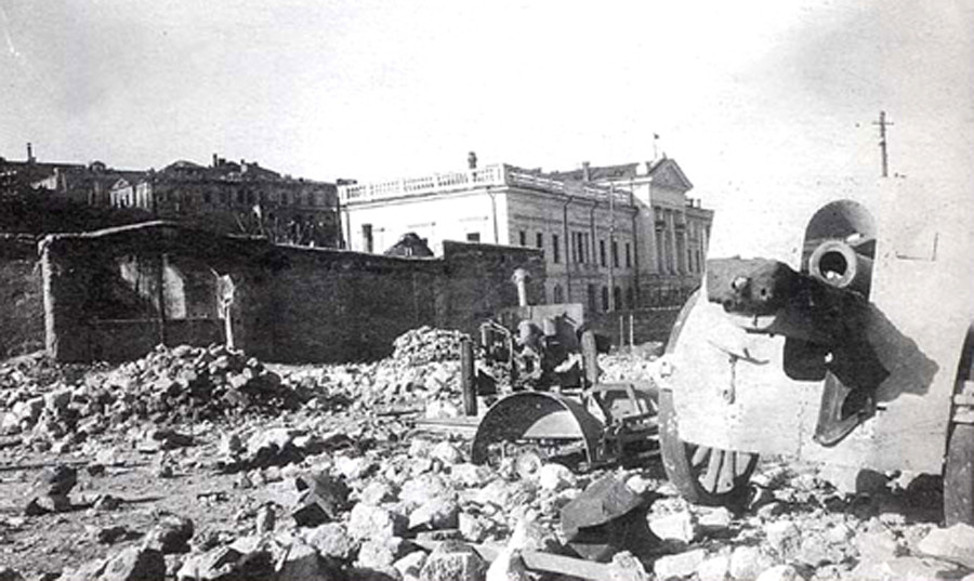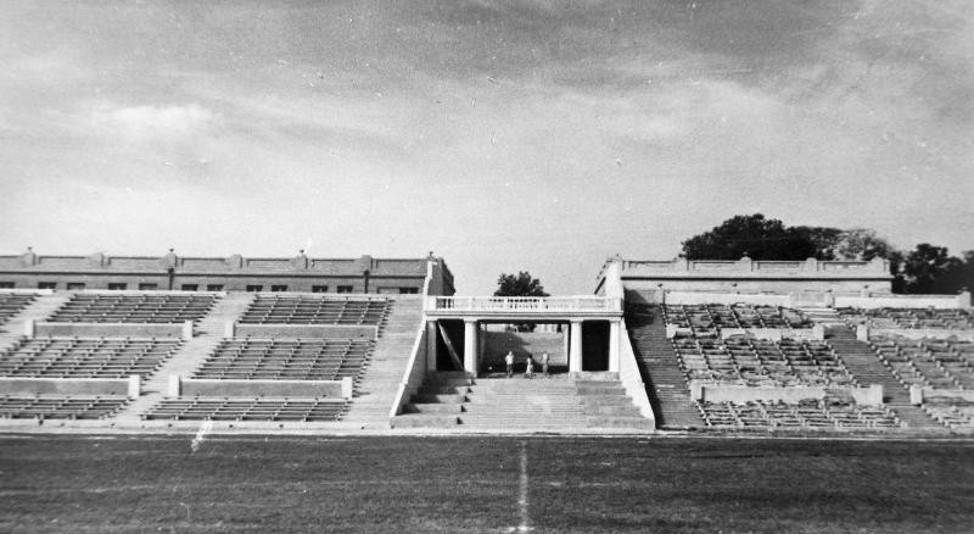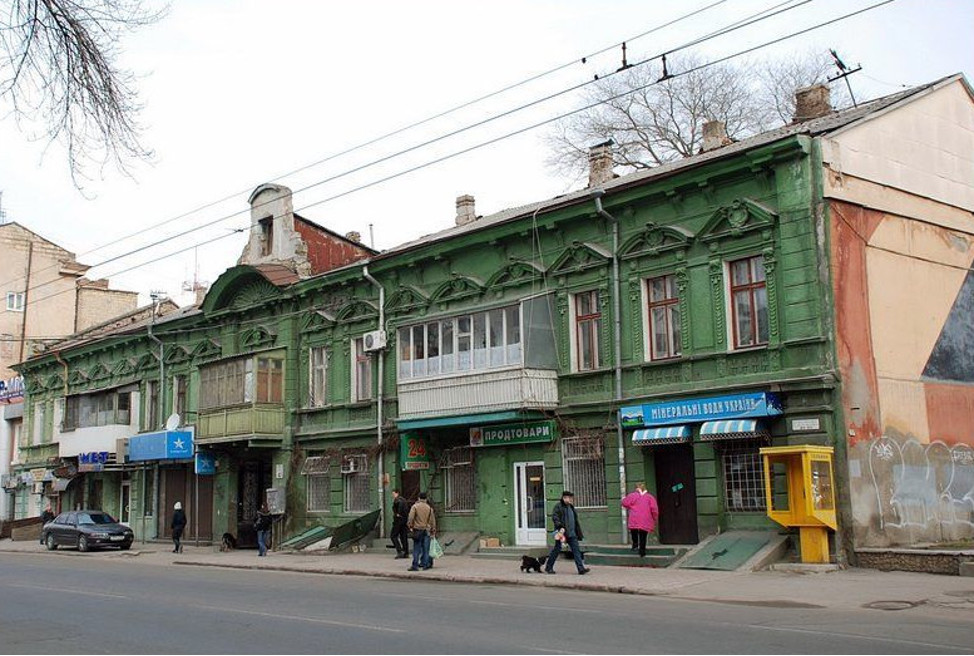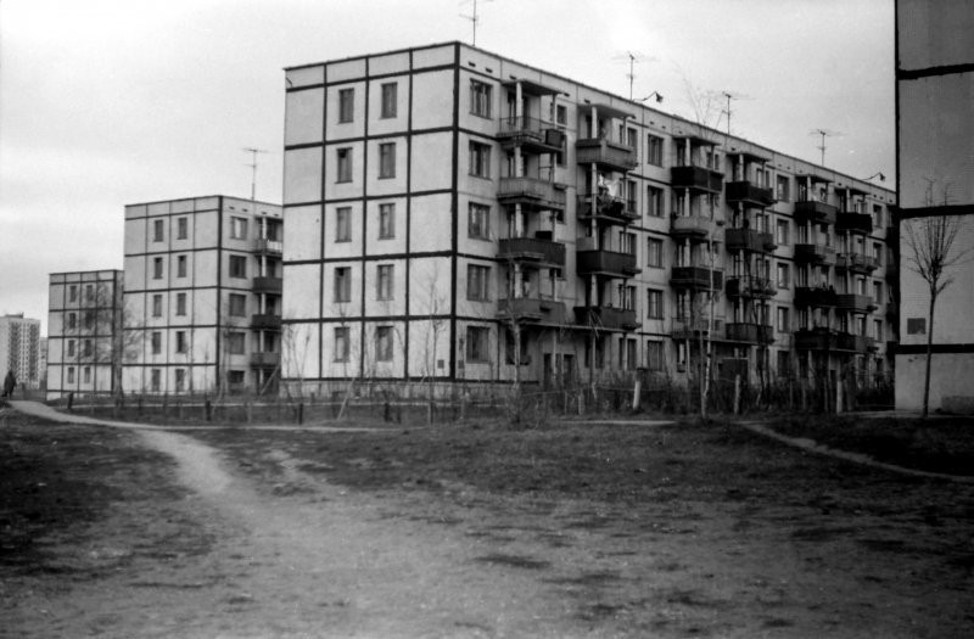The Transparent Cities program persists in gathering examples of urban reconstruction from various parts of the world following wars, earthquakes, and other catastrophic events. We do this so that Ukrainians know about successful and failed practices that other countries have already applied. In this way, we can learn from other people's mistakes and borrow best practices for our post-war recovery.
We have already described the experience of Kyiv, Budapest, Cologne, and other cities. For more materials, please refer to the information provided in this website section.
Our today's article is about the reconstruction of a destroyed Odesa, Ukrainian Black Sea pearl with a centuries-old history.
Impact of war and scale of destruction
Odesa endured significant suffering during World War II when German-Romanian forces advanced toward the city in 1941. Nazi troops regularly bombed Odesa and destroyed not only strategic facilities, but also residential areas. Numerous shell houses (structures primarily constructed from seashells and their fragments) quickly crumbled into ruins.
After 72 days of Soviet defense, the period of German-Romanian occupation began, which lasted until April 1944. About half of the residents left Odesa. Throughout this period, the city did not witness substantial restoration efforts, aside from the aspiration of a brighter future following the victory over the Third Reich and the extensive renaming of streets in honor of heroes from Nazi propaganda. Only administrative buildings and “palaces” made from the materials of demolished structures received relatively better maintenance.

Half-destroyed Odesa Seaport administration © hor.net.ua
Immediately upon the city's “liberation” and its return to Soviet Union control, efforts were initiated to assess the losses and prepare for construction projects. Odesa lost 15% of the housing stock, which is a relatively small figure compared to other cities in the USSR. A total of 317 houses were entirely destroyed, while approximately four hundred sustained partial damage. During the bombing, intersections suffered greatly because several dropped bombs could demolish several shaky houses in the city at once.
The city's industrial infrastructure has incurred even more severe damage. Already withdrawing from Odesa, Nazi troops blew up all the workshops of the Ship Repair Plant, as well as all the warehouses and hydraulic structures of the Odesa Seaport. This is part of a scorched-earth policy that should have made it difficult for Soviet troops to advance.
What was restored first?
First of all, the military-industrial complex, heavy industry and transport infrastructure facilities were recovered in the USSR. Odesa was no exception, especially given the strategic importance of its seaport and the fact that the German invaders purposefully destroyed local intersections, it was impossible to use Odesa roads because of the deep craters.
By the end of 1944, the port had become operational, alongside hundreds of businesses, hospitals, and schools. The Odesa tram line was restored, and trolleybuses were put into service. Sports, cultural, and entertainment establishments also started working. Their purpose extended beyond mere cultural leisure, as they were also utilized for propaganda events.

Destroyed and recovered stands of the Odesa Stadium © old.odessa.ua
The restoration during that era was predominantly a manual process. People dug pits, and outdated winches were used to lift building materials to elevated heights. As a result, the recovery was very slow and disorganized.
In the first year of restoration, that is, still the War year of 1944, Odesa residents already had a place to spend their leisure time but had no place to live. For a long time, the authorities did not pay due attention to the increasingly critical housing crisis.
How were new residential buildings repaired and built?
At first, the authorities allocated only 3 million Soviet rubles for housing, which was critically small. Thanks to the efforts of the citizens themselves, who did not wait for help from the state, as many as 150,000 residential meters were recovered in the same year 1944. Nonetheless, progress began to decelerate, and by the end of 1949, not even half of the intended work had been accomplished. The deteriorated houses had better luck, as nearly all of them underwent reconstruction, but the construction of new ones was not pursued with urgency. The housing crisis was especially noticeable for ordinary people, unlike military personnel — in three years a whole officer's town was built for them!
Until 1953, the city built less than 0.1 m per person annually. Ready-made houses that took 5-7 years to build were often unfinished, without proper conveniences. Simultaneously, a considerable amount of funds was designated for embellishments and decorations, with many of these being crafted by employees of local businesses, although some of them were stolen. The “Stalinka” projects were luxurious and meticulously designed, yet local corruption emerged as another impediment to the high-quality restoration of Odesa.
Relatively widespread construction of housing for workers commenced in 1946. They were simple two-story barracks without rebar or cement.

Example of simple houses for workers © odessa-life.od.ua
The number of housing units in Odesa reached pre-war levels only in 1954. However, there were approximately only 6 meters of living space per person, while the norm was from 9 to 12 m². Several families could live in the same one-room apartment. If the family was lucky enough to have their own apartment, then parents, families of brothers or sisters, and grandparents often settled there — 10 to 15 people together.
Later, in Odesa, as in other USSR cities, they began to “develop” empty fields and build housing there according to standard projects, the so-called “Khrushchevki”, “panel buildings” and the like.

Newly built panel buildings © pastvu.com
Modern city realities
Odesa was not a front-line city during the full-scale invasion, but it was attacked by missiles, and there is still a threat from the sea. International partners, like Greece, promise to help recover damaged facilities in the city.
According to the city restoration service, the Odesa Oblast is being considered as a potential priority for the restoration of infrastructure facilities. In the region, as is well known, energy facilities sustained significant damage, resulting in a prolonged power outage for both the city and the surrounding area. Restoration may also cover port infrastructure — before the war, ports provided 75% of Ukraine's external trade turnover.
Odesa, similar to other cities, ought to embrace the “build back better” principle. It means upgrading, not just restoring to the previous condition. By doing so, we can bolster Ukraine and ensure that both housing and infrastructure have a substantial safety margin for the future.